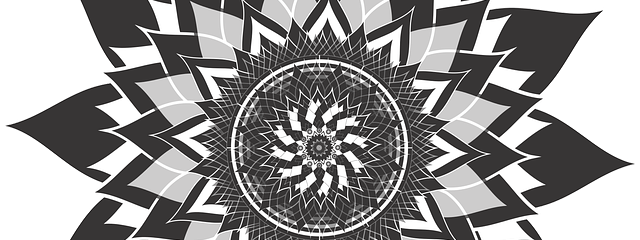I invite you to a view of the world which is integrated, interconnected and continuously becoming more.
This worldview makes all the difference in how we approach our lives, especially our health.
This worldview uses the integral model. I have always been fascinated by finding out how everything fits together. This model informs me in how to see health and illness in the context of everything else.
In seeing the patterns which make sense out of diverse symptoms, illness becomes meaningful. Its meaning comes from seeing how all is interconnected. The desire for growth also gives meaning, seeing how we can become more as a person acting in the context of the world.
Illness becomes an experience toward more wholeness and more completeness by being integrated on all levels.
As we develop from newborn to maturing adolescent to adult, we integrate knowledge in ever widening perspectives. This parallels he development of humanity as a whole. As I describe an individual’s development by integrating wider perspective, I invite you to see the how it fits your lifelong development.
We are at different levels at different ages. Sometimes, as adults, we arrest in a particular stage. When that happens, the following stages make no sense. Therefore, if you read on and don’t recognize your experience, just know that is yet to come.
You may also recognize other people arrested at certain stages. Just know that if you have developed further, you will have no success convincing them of your viewpoint because, by definition, they are incapable of taking your perspective.
The integral approach uses
a comprehensive map of human potentials. This map uses all the known systems and models of human growth—from the ancient shamans and sages to today’s breakthroughs in cognitive science—and distills their major components.
When we are born, we have no sense of self because we cannot differentiate ourselves from our mother or any other part of our environment. As our minds strive to organize our experience, we start developing an identity separate from the environment. By about 18 months, we develop a psychological self as we learn what is me and what is the other through interaction.
At first we believe that it is all about me, that the world revolves around me and responds to me in a kind of magical way. If I cannot see you, then you cannot see me. It is all about my immediate gratification, my impulses and my pleasure.
After years of experience, we realize that this is not entirely true, that there is something more than me. There are powerful beings beyond me like grown-ups which can affect me. Then we are concerned with power, especially in determining who has the power. We may then engage in a fight for power or submit to power. We have to figure this out for ourselves so we can be safe and secure.
When we can move out of a purely self-centered perspective and take the perspective of other people, then, we look for how we fit into a group. We are very concerned with finding out to which group we belong. We can be fiercely loyal to the group. We often defend it, because it gives us our identity.
When we can move beyond both self-centered and group-centered perspectives, we have widened our perspective even more. When we can stand back from people and experiences, seeing them objectively, then we begin to have a rational view of the world. We start to be concerned with self-esteem and judge whether we are accomplishing enough in the world.
At this stage we have the capacity to look within and explore that inner world. We also can think hypothetically and follow deductive scientific reasoning. In addition, we can imagine and suppose what if? We start to follow the dreams we have connected to from introspection and imagine what we can create in the world. We make creative ideas into new inventions.
This leads to a drive towards realizing our deepest desires, our highest potentials. We see the value in many perspectives, and look for wholeness and meaning in the world.
When we take this perspective, we also have inside us all the other perspectives of relationship to the world. That is why we can understand them and include them in their own place in our perspective. We include, yet transcend each through a global perspective. By thinking globally we have a higher perspective which integrates all perspectives, but may expect everyone else to be here as well.
By using this perspective in healing, we follow evolution’s impulse to become even more.
When we look at a particular illness from as many perspectives as we can, then we have widened its meaning to stimulate our growth. Even something as simple as bumping the head or taking a fall can have widespread significance. We can look at what has happened not only to the physical body, but also what is happening mentally, emotionally, and spiritually. It all informs us where we can grow more when we create meaning with our attention to it.
And there is more beyond ourselves being integrated and recognizing the interconnection of the whole world.
The leading edge of evolution seeks to know itself as spirit in the world. This means that we not only see the interconnection of life, we experience ourselves as all of life, interconnected. We go beyond seeing other life, we are the other life.
Our perspective has become so inclusive that not only do we see it, it includes us: we are it.
We have gone full circle from being undifferentiated from the environment, to separating ourselves and becoming increasingly aware of more intricate relationships to it, to realizing that we are it.
We are spirit awakening to who we are.
If you would like a more detailed explanation, please start at the Integral Life website.
Please comment below about how you experience yourself as more.





